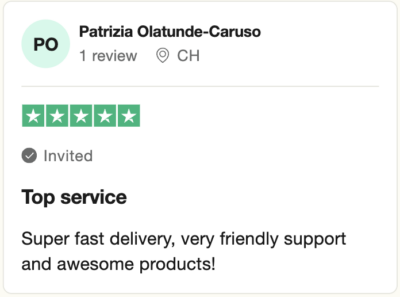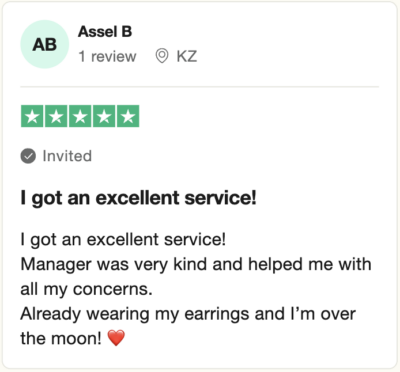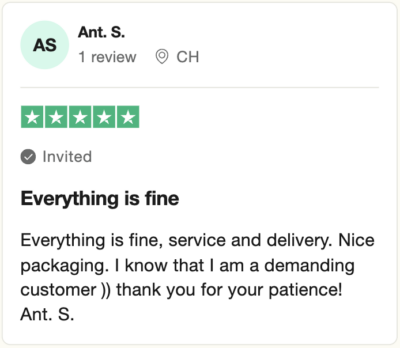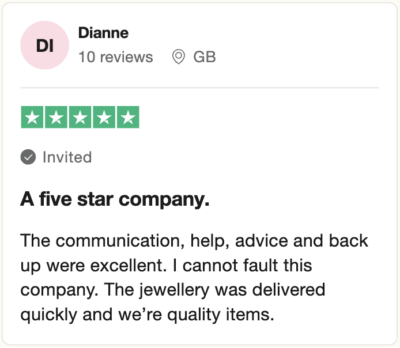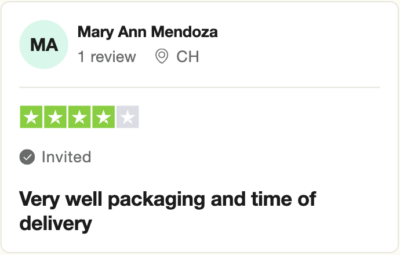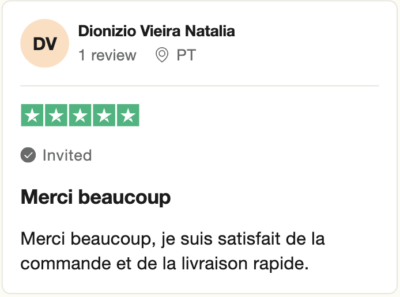Sustainable and Ethical Jewelry or Greenwashing
… or why we do not write “Sustainable – recycled silver” and what we see as our sustainability policy.

We all realized a little late and discovered that our desire to consume a lot of different goods cheaply is very costly for our planet and its inhabitants.
As a result, sustainability and conscious consumption have become a big topic so quickly that, according to a McKinsey study, today 67% of consumers (of all ages, not just Z) consider product ethics and sustainability to be a key factor in their purchasing decision. And from the same place: If the brand doesn’t have a sustainability agenda or sustainability credentials, then for many consumers—millennials in particular — it will just not be viable [1].
Brands and retailers also quickly understood the new conditions for survival in the market, and today everyone writes something about their sustainability policy on their website.
But many ideas and statements have nothing to do with ethics, environmental friendliness and sustainability. And that’s why.
So, the first and biggest wrong about sustainability in jewelry is recycled metal.
Have you seen rivers polluted with gold chains? Have you heard about the fish in which they found pieces of microgold? Or maybe read about how dolphins and turtles get entangled in nets of silver nets and die? Yes, it sounds very strange, because silver and gold have never been thrown away. Moreover, both of these metals have always been recycled.
Newly mined and processed gold and silver have always been present on the market together and, in fact, have been a single source of raw materials for the jewelry industry (in recent years, processed gold has consistently accounted for 25% of the raw materials on the market – [2]). And almost all the jewelry on the market has always contained some part of recycled metal. Therefore, when a brand chooses to produce jewelry only from recycled metal, it does not change anything in the raw material market.
Since the jewelry industry accounts for only half of the demand for gold ([3]), its price is constantly rising, and its value is high, your choice of a recycled metal item will not affect its production in any way.
Jewelry sustainability consultant Christina T. Miller, in her statement on recycled metals, urges: “At this time recycled gold claims, based on existing and numerous definitions, are misleading to the consumer, and we don’t recommend using them”.[8]

Sometimes the choice of only recycled metal is due to the unwillingness to somehow contribute to the extraction of a new one. Yes, the extraction of gold and precious stones is often very destructive to nature and harmful to human health. However, the goal of “stopping gold mining worldwide” cannot be justified either. Gold mining in many parts of the world is done in a sustainable way (albeit by manual labor) and is often the main source of income for communities. It is production within the framework of Fairmined and Fairtrade Gold, when both nature does not suffer, and small miners (usually these are families who simply earn their modest living in this way) get more.
And another option for the most ethical and sustainable gold is to collect family jewelry that is not worn and is kept as a special memory and melted down. This way, you will get a new decoration without increasing the demand for gold as a resource in the market.
Small batches
“We produce in very small batches or to order so as not to create unnecessary product leftovers and not to increase the garbage on the planet.”
Can you imagine a brand throwing away a batch of unclaimed silver (or gold) earrings? No one can. Because they will be melted down and put further into production.
Therefore, small batches or production to-order is the business strategy of a young brand that is not sure if it can sell everything. But calling it sustainability policy is not entirely correct, right?
Moreover, to be completely honest, we must admit that with large batches and mass production, significantly less resources and energy are spent on one piece of jewelry than with small batches and manual labor. Just as long as the young brand cannot afford to produce on such a scale, it will please us with the fact that the pearl earrings you bought were produced in a very small batch.

Laboratory stones.
The very ones that marketers and glossy media call eco-diamonds or sustainable emeralds. Even Google equates these concepts because if you enter the query “eco-diamonds”, it will return material about laboratory and highlight the word lab-diamonds, as if it were your query.But do industry experts agree with this definition? No, absolutely. Starting with the fact that laboratory stones are incredibly energy-intensive, often have a much larger carbon footprint than mined ones ([4]) and ending with a million non-obvious questions that were well covered in their Vogue Business article ([5]).
In some countries, rock mining harms ecosystems. And yes, most mining occurs in the poorest countries, although precious and semi-precious stones are fairly evenly distributed across all continents. Why is that? Some gem dealers believe that mining colored stones is only economically viable when wages are no more than $2 a day.
Unfortunately, there will be no simple answer to the question of how to buy jewelry with precious stones consciously. So the correspondence, for example, of Kimberley Process diamonds only indicates that they were not mined in specific places of military operations. However, this does not mean that mining this diamond did not damage the ecosystem or did not use child labor. In addition, even the presence of any sustainability certificates from a brand or retailer does not guarantee that the jewelry is truly ethical. So, for example, in the fall of 2022, some Swiss jewelry companies continued to sell diamonds from the Russian state concern Alrosa [5], which is one of the sources of financing the war in Ukraine. The same situation is with the russian gold [6].
So what to do and how to figure out when buying stones?
1. Find out about the sources of origin of stones in a particular piece of jewelry.
2. If you’re buying stones specifically, find out something about the dealer you’re dealing with. Here’s [7] an example of a gem dealer building a water pumping well in an African village that was suffering incredibly from a lack of clean water.
3. Buy vintage jewelry and reuse stones in jewelry you don’t wear. But when it comes to large gems, vintage jewelry is not always an unambiguous solution in terms of energy.
4. Trust your intuition.
And the most important.
In order for your purchase to be truly responsible, it is important not only what and where you bought, but also what you do with this thing. Since we do not need jewelry to survive, from an environmental point of view, its production is a completely pointless waste of resources. But we consciously take these resources from the Earth, because in the form of jewelry we receive, give and feel joy and love. At the same time, the more joy and love an object generates, the more effectively these resources of the Earth were spent.
1. Take proper care of your jewelry so that you can wear it for as long as possible. For gold-plated jewelry, improper care can cut its lifespan in half. For example, accidentally left on a ceramic tray in the bathroom, my favorite MISHO earrings lost color in a month from constant micro-scratches.
2. If the piece of jewelry has lost its appearance, but you still love it, give it for polishing or re-coating. If it no longer pleases you, give it a new life – give it to someone it will please. Even a chain that has partially lost its gilding can bring a lot of happiness to a child from a low-income family.
3. Buy only the jewelry that you really really like. Then the resources of the planet and people spent on the production and distribution of this product will pay off with your joy and love.




